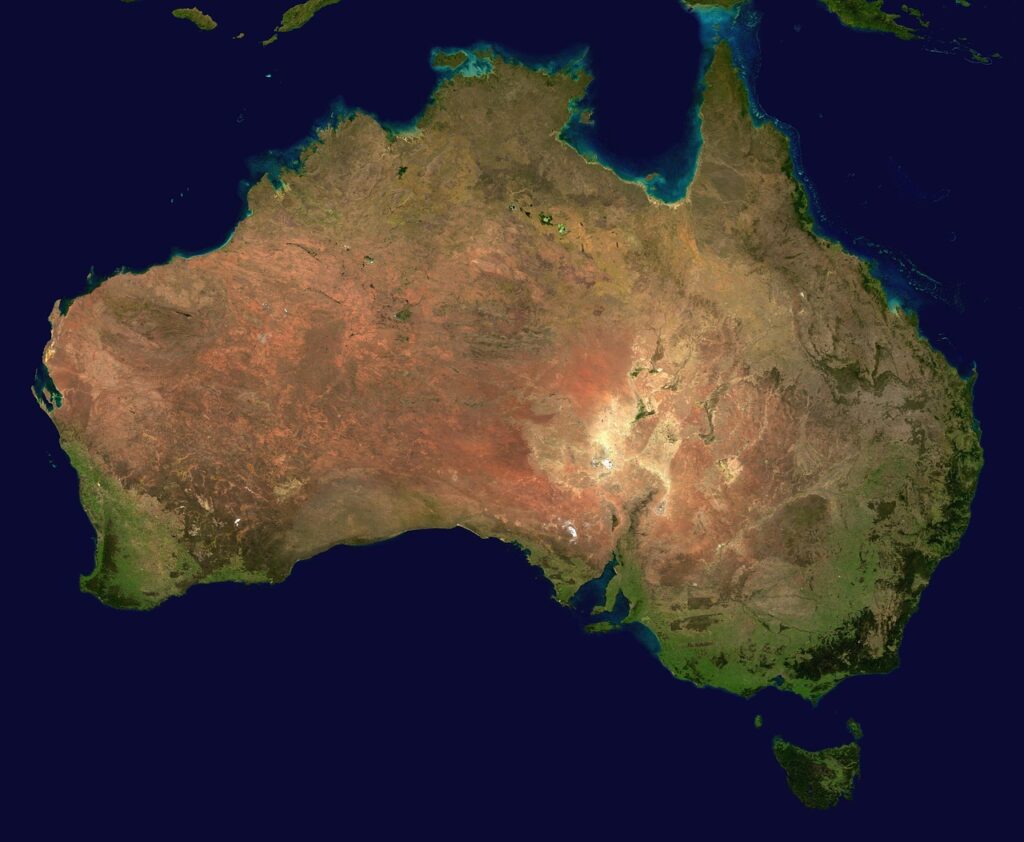Australian Parliament has passed the Hydrogen and Renewable Energy Act 2023, marking a pivotal moment in the state’s commitment to becoming a global player in the burgeoning hydrogen and renewable energy industries.
The legislation introduces a comprehensive framework designed to streamline processes, attract unprecedented global investments, and foster a coordinated approach to the development of large-scale hydrogen and renewable energy projects.
The Hydrogen and Renewable Energy Act 2023 positions South Australia as a frontrunner in the renewable energy landscape, with a focus on maximizing opportunities and simplifying regulatory procedures. With an estimated capital development investment of approximately $21 billion in the state’s renewable energy projects, the legislation aims to unlock this pipeline and further elevate South Australia’s status as a renewable energy superpower.
At the heart of the legislative framework is the introduction of a ‘one window to government’ licensing and regulatory system. This streamlined process brings various aspects, including land access, environmental impacts, and native title rights, under a single regulatory umbrella. The Act provides a structured approach to the lifecycle of large-scale hydrogen and renewable energy projects, simplifying procedures for interested companies and ensuring a holistic evaluation of social, economic, and environmental considerations.
The passage of the Hydrogen and Renewable Energy Act 2023 sends a clear signal to the global community that South Australia is open for business in the hydrogen and renewable energy sectors. With a commitment to extensive community and landholder consultation, the Act ensures responsible development that aligns with community expectations. The legislation’s emphasis on a competitive process for accessing government-owned land aims to attract the most fitting projects that address the region’s specific needs.
The Hydrogen and Renewable Energy Act 2023 positions South Australia at the forefront of the green energy revolution. By providing a clear regulatory framework, the state is paving the way for a diverse range of projects that harness its abundant wind and solar resources. As South Australia endeavors to become a key player in the global hydrogen market, the Act stands as a testament to its commitment to responsible, sustainable, and impactful development.
Western Australia’s $134 Million Investment in Clean Energy
Western Australia has committed to investing A$134 million ($86.77 million) to drive the reduction of greenhouse gas emissions and foster the development of clean energy industries. The state, known for its industries, is strategically developing sectoral emissions reduction strategies (SERS) to pave the way for achieving net-zero emissions by 2050.
Western Australia’s Minister for Mines and Petroleum, Energy, Hydrogen Industry, and Industrial Relations, Bill Johnston, highlighted the twin goals of diversifying the economy and delivering a cleaner, more affordable, and reliable energy future. The investment signifies not only challenges but also vast opportunities to position Western Australia as a global green energy superpower.
A substantial portion of the investment, A$60 million, will be directed towards driving investments in new energy projects through an investment attraction fund. This fund aims to catalyze projects spanning battery and critical minerals processing, renewable hydrogen, advanced manufacturing in wind and solar components, and carbon capture use and storage initiatives. The focus on diverse technologies underscores the state’s commitment to a comprehensive approach to clean energy.
bp’s Kwinana Hub Powers Australia’s Green Ambitions
bp’s H2Kwinana project in Western Australia has entered the front-end engineering and design (FEED) phase. Supported by a substantial $70 million injection from the Australian government’s Regional Hydrogen Hubs program, the project aims to position Western Australia as a key player in the global green energy landscape.
The H2Kwinana project is a pivotal component of bp’s overarching ambition to achieve net-zero emissions by 2050. The Kwinana Energy Hub, formerly serving as an import terminal post the closure of the oil refinery in 2021, is slated for transformation into an energy hub. This hub will not only produce green hydrogen but also delve into other renewable fuels like renewable diesel and aviation fuel.
A standout feature of the project is its strategic use of existing infrastructure. Lucy Nation, bp’s vice president of hydrogen in Australia and the Asia Pacific, emphasizes the repurposing of process units, tanks, pipelines, and utilities from the former refinery as the foundation for Kwinana Renewable Fuels and H2Kwinana. The project’s technological core includes a 100 MW electrolyser, with expansion potential to a total of 1.5 GW in subsequent phases. This highlights bp’s commitment to a phased, scalable approach to green hydrogen production.
The H2Kwinana project aligns with bp’s broader commitment to decarbonization in the region. With support from both state and federal governments, the initiative is anticipated to contribute significantly to Australia’s hydrogen industry, potentially generating $50 billion in additional gross domestic product by 2050. The project’s capacity to create tens of thousands of jobs underscores its potential socio-economic impact.
